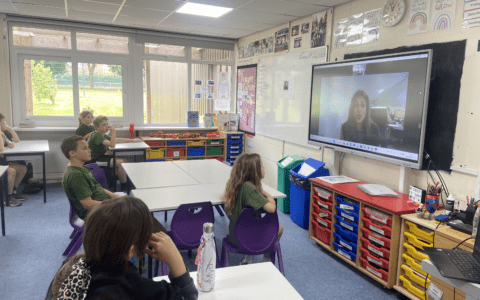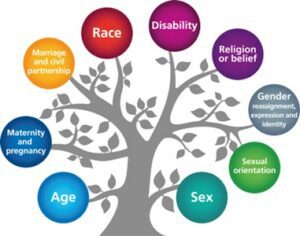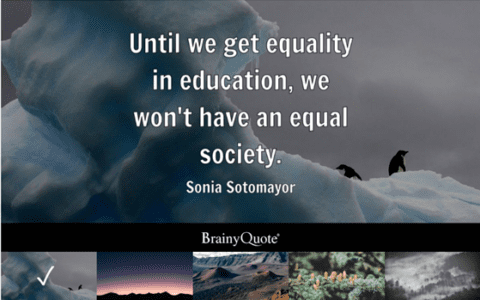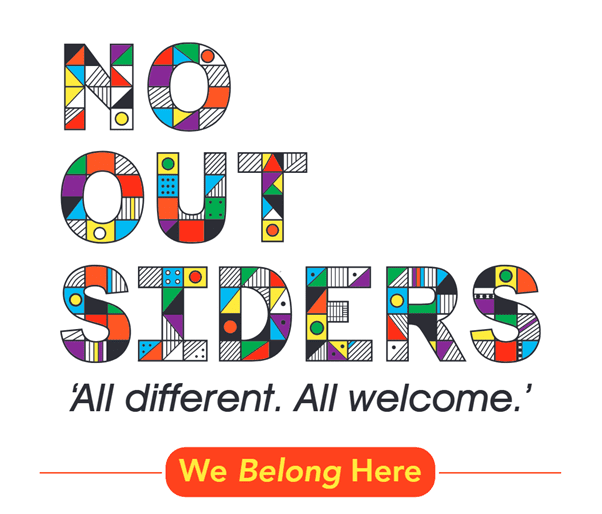Diversity, Inclusion, Equity and Belonging
“We long to belong, and belonging and caring anchors our sense of place in the universe.” – Patricia Churchland
“We long to belong, and belonging and caring anchors our sense of place in the universe.” – Patricia Churchland
We were very privileged to spend some time talking to Preet Kaur Gill – the first female British Sikh MP.
It was very interesting to hear about the different things she has experienced and witnessed in her life and how these have influenced who she has become to be and do today. It was hugely insightful and I think it is fair to say that she is very inspirational.


Reading
At Woods Foundation, we have invested in a wide range of texts that celebrate diversity in its broadest sense, including cultural, sensory and neurodiversity. The children access these texts throughout school, starting in foundation with the Monster Phonics texts through to the latest publications for our oldest pupils. These include book banded books as well as reading for pleasure texts, texts linked to subjects in the curriculum and books read to the children at the end of the day. It’s important that not every book that features a diverse character is written to highlight difference. We want the texts at our school to demonstrate that, whatever a person’s background, gender or diversity, we share more in common than that which divides us. By reading a range of texts where differences are represented, we can help our pupils to be more compassionate, caring citizens. We are currently reviewing our guided reading curriculum to ensure that diversity is represented and celebrated, through the introduction of a broader range of texts.
Curriculum
Diversity, Inclusion, Equity and Belonging is covered across the curriculum including RE lessons, PSHE lessons, worship assemblies, whole school focus activities and community events. Examples of this can be viewed here: https://www.woodsfoundation.notts.sch.uk/our-school/events-gallery/
Enrichment and Celebration
We continue to promote visits to and from people and places of worship. We aim to build strong community links with the whole community. We celebrate artwork, assemblies, festivals and our curriculum. Themes in assembly cover a range of themes including similarities and differences, respect, prominent and influential figures and what makes us different.
Protected Characteristics
Here at Woods Foundation, all staff and governors are committed to working together to provide a safe, nurturing and inclusive learning environment to ensure every pupil is part of the school community, whatever their ability or need. A true sense of belonging for every child as set out in our school’s vision and values.
From April 2012 schools were expected to meet the requirements of the Equality Act. The Equality Act 2012 brings all legislation under a more straight-forward law which is less complicated to understand and apply. The Equality Act 2010 replaced all existing equality legislation, including the Disability Discrimination Act. The effect of the law is the same as in the past, meaning that “schools cannot unlawfully discriminate against pupils because of sex, race, disability, religion or belief and sexual orientation”. There are protected groups and schools have to ensure that the curriculum is delivered to allow access for all. To protect those people considered to have a disability, reasonable adjustments must be made.

Protected Characteristics
There are 9 protected characteristics under the Equality Act 2010 and all schools should be able to demonstrate that no form of discrimination is tolerated and that pupils show respect for those who share the protected characteristics.
The 9 Protected Characteristics are:
Under the Equality Act you are protected from discrimination:
The 9 Protected Characteristics are actively promoted in school through:


|
Government guidance calls on schools to make resources and information on RSE available for parents. At No Outsiders we have always believed that sharing resources with parents is key; we want parents to know the picture books we use and to have access to the assemblies we publish every week.
|
Woodborough Wood's Foundation C of E Primary School
Lingwood Lane
Woodborough
Nottinghamshire
NG14 6DX
0115 965 2136